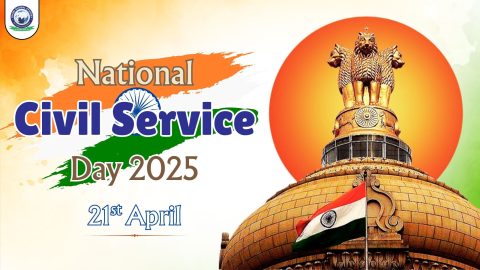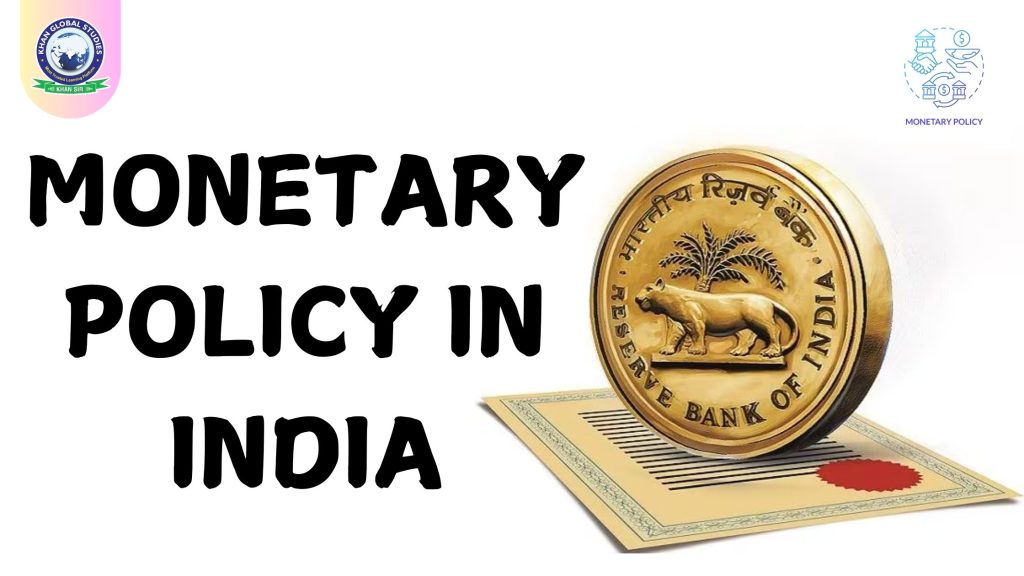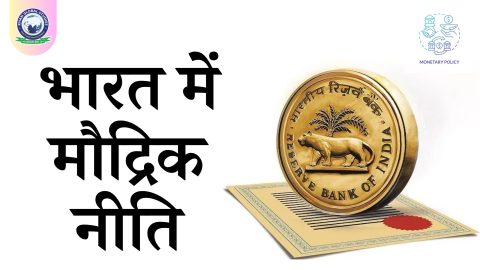Monetary policy is the set of tools and actions that a country’s central bank uses to regulate the overall money supply, promote economic growth, and adjust interest rates and bank reserve requirements. These strategies are intended to manage inflation, control unemployment, and ensure financial stability.
The Federal Reserve Bank implements monetary policy in the United States to achieve its dual mandate: maximum employment and price stability, especially controlling inflation.
Key Points of Monetary Policy
- Monetary policy refers to the actions taken to control a country’s overall money supply and promote economic growth.
- Strategies include adjusting interest rates and modifying bank reserve requirements.
- Monetary policy can generally be classified as expansionary or contractionary.
- The Federal Reserve typically uses three strategies for monetary policy: reserve requirements, discount rates, and open market operations.
Understanding Monetary Policy
Monetary policy controls the supply of money in an economy and the channels through which new money is introduced. The Federal Reserve (Fed) uses economic indicators such as GDP, inflation rates and sector-specific growth rates to adjust its policy strategies. By adjusting interest rates, the central bank affects how banks lend money to businesses and individuals.
For example, when the Fed raises interest rates, it becomes more expensive for banks to borrow money, leading to higher rates for consumers and businesses. Conversely, lowering rates makes borrowing cheaper, which encourages spending and investment. The central bank can also buy or sell government bonds, target foreign exchange rates and modify the amount of cash banks are required to hold as reserves.
Types of Monetary Policy
Monetary policies are classified into two broad categories based on their effect on economic growth: expansionary and contractionary policies.
Contractionary Monetary Policy
The contractionary policy aims to reduce the money supply by raising interest rates or restricting available capital. Its goal is to slow economic growth and prevent inflation, which is an increase in the prices of goods and services and a decline in the purchasing power of money. When inflation grows too quickly, it can destabilize the economy. The contractionary policy reduces this excess by making borrowing more expensive and slowing consumer spending.
Expansionary Monetary Policy
In contrast, expansionary policy seeks to increase the money supply, especially in times of recession or economic downturn. By lowering interest rates, expansionary policy encourages businesses to borrow and invest while consumers are encouraged to spend. Low rates make saving less attractive, thereby encouraging spending and economic activity. This approach is designed to promote growth, boost employment, and counter the effects of economic stagnation.
Objectives of Monetary Policy
- Inflation Control: A primary goal of contractionary monetary policy is to reduce inflation by restricting the money supply. By doing so, it helps stabilize prices and ensures that purchasing power remains stable. On the other hand, expansionary policy can increase inflationary pressures by expanding the money supply.
- Reducing Unemployment: Expansionary monetary policy plays an important role in reducing unemployment. By increasing the money supply and lowering interest rates, businesses find it easier to hire more employees and expand. This policy supports job creation and helps keep unemployment levels low.
- Exchange Rate Stabilization: Monetary policy can also affect exchange rates between domestic and foreign currencies. For example, an increase in the money supply devalues a country’s currency relative to foreign currencies. This can make exports cheaper and imports more expensive, potentially boosting domestic production.
Tools of Monetary Policy
- Open Market Operations (OMO): One of the Fed’s primary tools for conducting monetary policy is open market operations. Through OMOs, the Federal Reserve buys or sells government bonds from investors. When the Fed buys bonds, it increases the money supply by injecting capital into the economy. Conversely, selling bonds reduces the money supply by removing cash from circulation. OMOs are used to manipulate short-term interest rates, which then affect macroeconomic activities such as spending, saving, and borrowing.
- Interest Rates: The central bank can also adjust the discount rate, which is the interest rate charged to commercial banks for borrowing money from the central bank. By raising or lowering this rate, the Fed affects how much money banks are willing to lend, thereby affecting overall economic activity.
- Reserve Requirements: The Fed can modify the reserve requirement, which determines what percentage of customer deposits banks must hold in reserve and not lend. Lowering this requirement gives banks more money to lend, thereby promoting economic growth. Increasing the reserve requirement restricts lending, thereby slowing growth.
Monetary Policy vs. Fiscal Policy
While monetary policy is handled by central banks such as the Federal Reserve, fiscal policy is the purview of the government. Fiscal policy involves decisions related to taxation and government spending. While both policies aim to influence economic performance, monetary policy focuses on the money supply and interest rates, while fiscal policy focuses on government budgets and spending.
For example, in the United States, the Treasury Department can create new money and introduce new tax policies. During the COVID-19 pandemic, both fiscal and monetary policies worked together to stabilize the economy, with the government introducing stimulus packages while the Federal Reserve adjusted interest rates and the monetary supply.
Frequency of Monetary Policy Changes
The Federal Reserve’s Federal Open Market Committee (FOMC) meets eight times a year to assess and implement changes to the nation’s monetary policy. However, the Fed can act in emergencies, such as during the 2007-2008 financial crisis or the COVID-19 pandemic, to make quick adjustments to prevent an economic recession.
How the US has used monetary policy to curb inflation?
Historically, contractionary monetary policy has been effective in curbing inflation in the United States. For example, in the 1980s, the Federal Reserve raised its benchmark interest rate to around 20% to combat double-digit inflation. While this policy led to a recession, inflation fell significantly in the following years, remaining steady at around 3% to 4%.
Conclusion
Monetary policy remains an important tool for central banks to regulate the economy by controlling the money supply and adjusting interest rates. Whether expansionary or contractionary, these policies directly affect inflation, unemployment, and exchange rates, which play a key role in the health of the macroeconomy. As economies continue to develop, central banks must strike a balance between promoting growth and curbing inflation to maintain financial stability.




